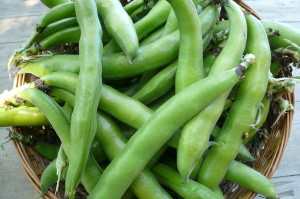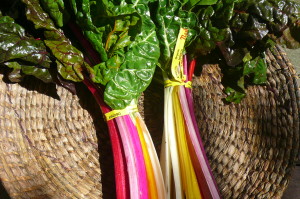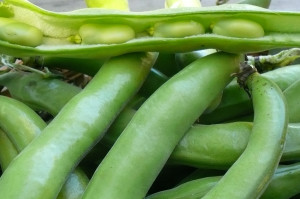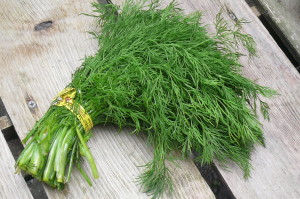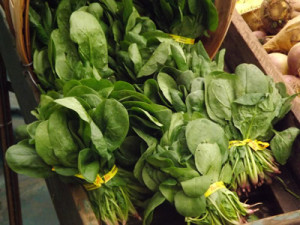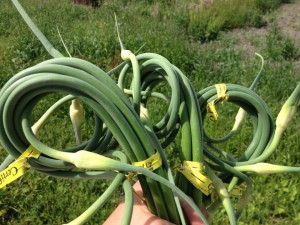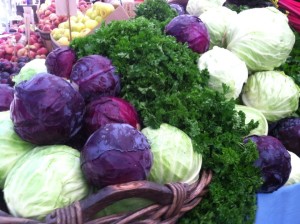1 tablespoon butter
1 teaspoon olive oil
2 cloves garlic, minced or 2 finely chopped garlic scapes
1 1/2 cups skinned fava beans
Ground pepper to taste
Fettuccine (optional)
1/2 cup cream (optional)
Over medium heat in a skillet, melt together butter and olive oil, add garlic cloves or garlic scapes, and sauté for 1 minute. Add fava beans and sauté for about 5 to 7 minutes, or until they are done to your preference. Season to taste with salt and freshly ground pepper. Add other delicious items, such as caramelized onions or fennel, chunky fresh tomatoes, a bit of chopped prosciutto, a cup of chopped endive, or some sauteed shrimp. Serve on cooked fettuccine with 1/2 cup cream (optional).
Have you tried this recipe? Tell us how it turned out!

